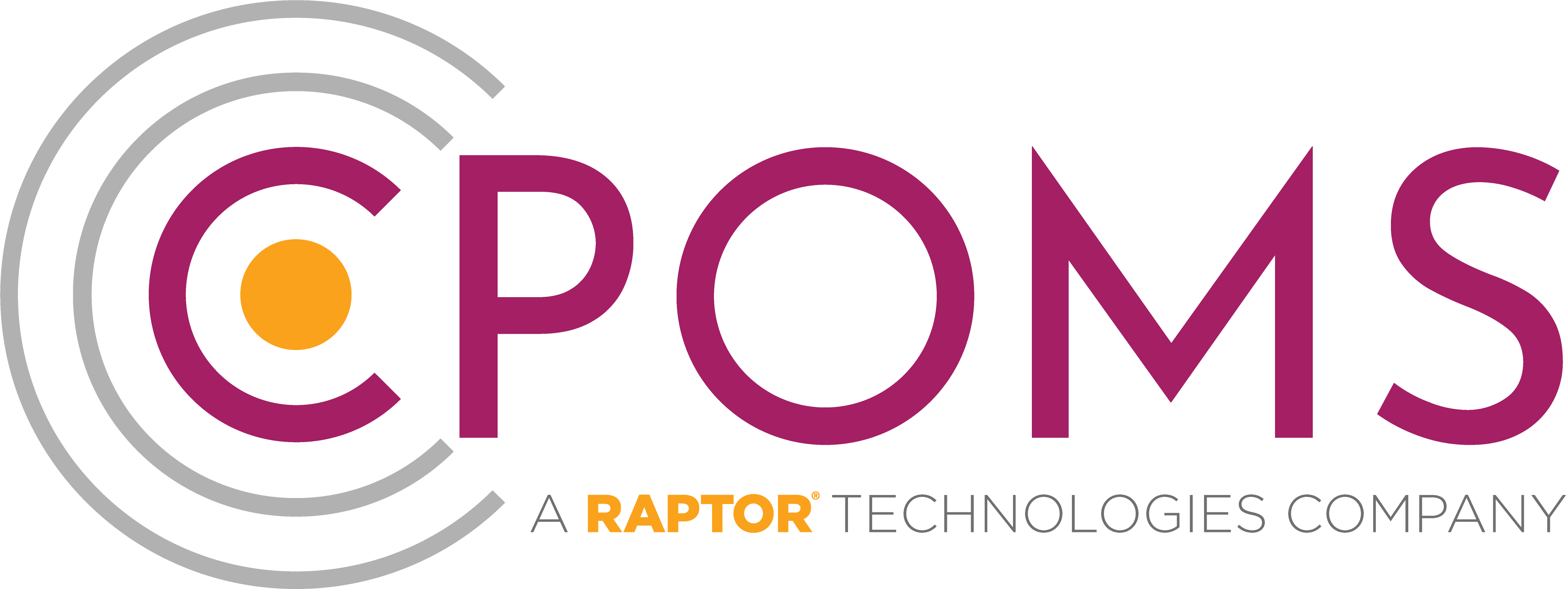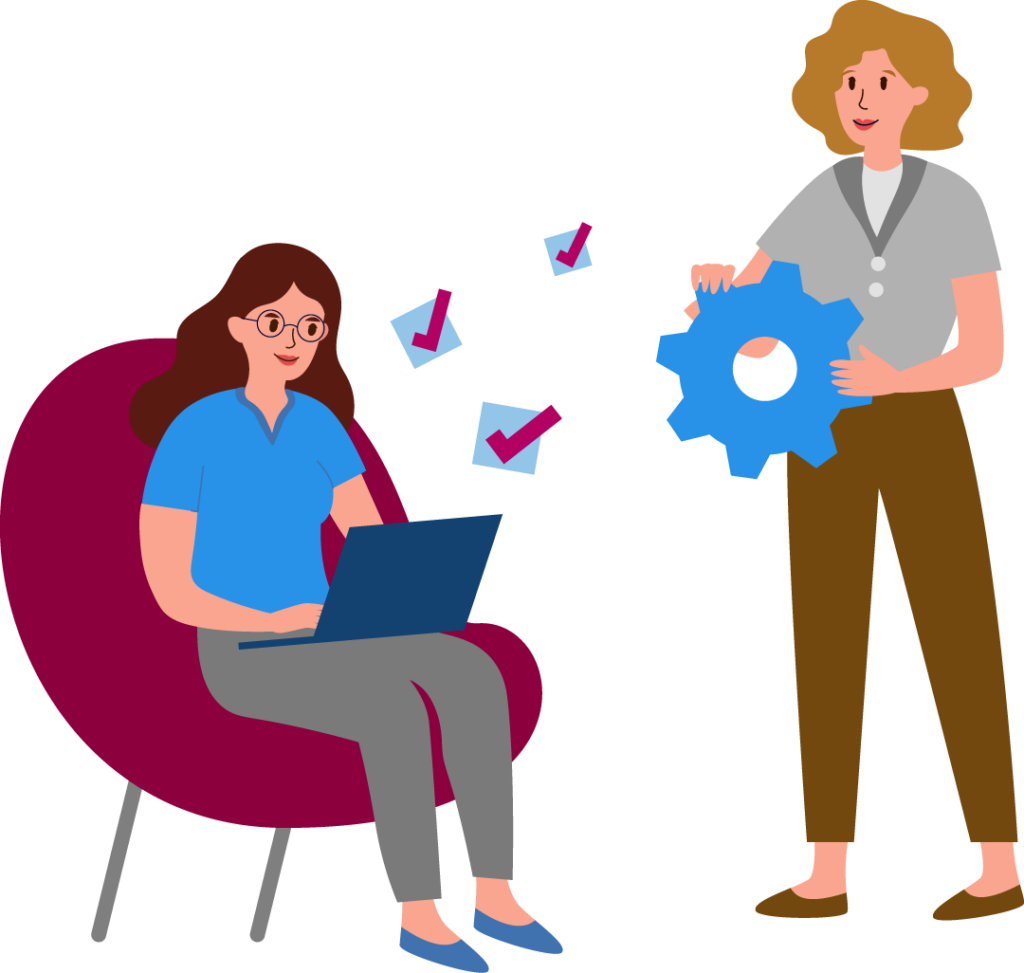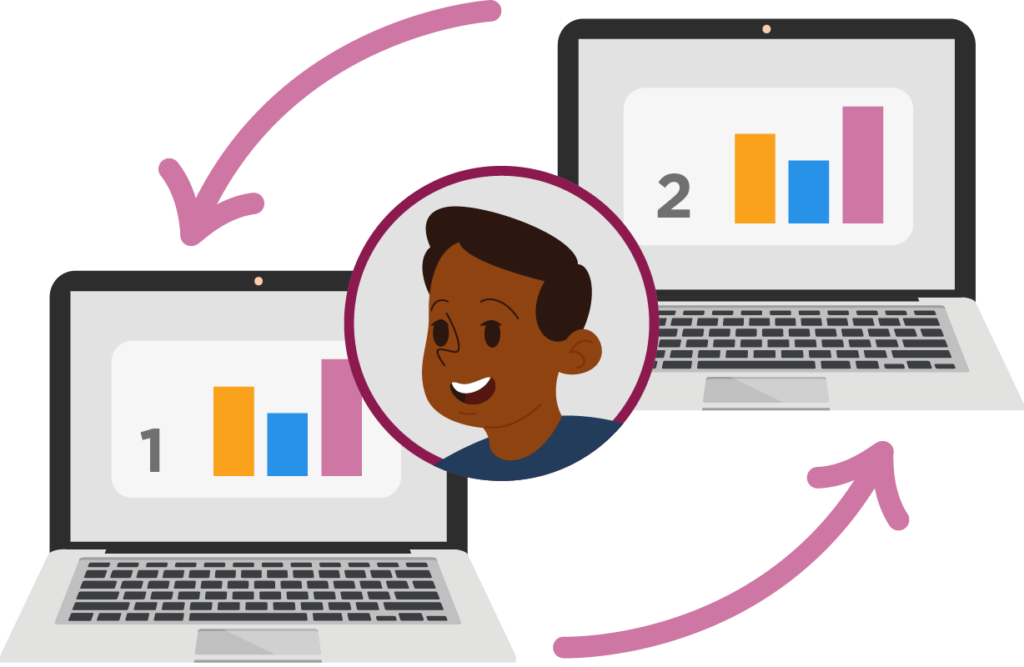For schools and other organisations that work with children and young people, there’s nothing more important than the safety and wellbeing of every pupil who passes through your doors. And to make sure you’re looking after these young people to the best of your ability, it’s important that you’re staying in close communication with your local authority.
Not only do the local authorities decide things like funding and policies that can affect your setting, but they’re also there to step in and help pupils if they’re having problems at school or home.
To make sure they receive the support they need, when they need it, schools, local authorities, and other settings need to work together to be proactive, rather than reactive. To make this happen collaboration is essential.
In this blog, we’ll help you better understand the roles of the local authority and how you can work with them to maximise support for young people.
The role of the local authority
The local authority works closely with families and a range of organisations to keep young people safe and healthy. Social care, children’s services and virtual school heads all have different roles and responsibilities within the local authority. But ultimately, each of these roles involves promoting the safeguarding and wellbeing of all those in their care.
This is particularly important for pupils who are in need of outside protection and intervention, such as those:
- whose health or development would be affected without the local authority providing services
- children in care
- those who have a disability
Local authorities have on average 35,000 pupils in their care. This is a significant, challenging responsibility, and with so many young people to take care of, it’s possible that some may slip through the gaps without proper processes in place.
That’s why it’s so important that your setting has good communications with the local authority, to make sure the children in your setting are getting the support they need.
The benefits of effective communication
In recent years, there have been many high-profile cases of safeguarding failure. These incidents have had a widespread impact, as they’ve highlighted the risks that occur when one agency doesn’t share information appropriately with others.
According to Ofsted’s national director of social care, the best safeguarding for children and young people comes from shared vision and values between organisations such as schools and local authorities. They should feel a joint ambition to work together to protect the most vulnerable in their care.
When schools, local authorities, and other settings communicate effectively, there’s better information sharing, joint decision making and coordinated practices. This ultimately leads to improved safeguarding procedures and more effective support for those that need it most.
How CPOMS can help
With local authorities facing increasing pressures and thresholds for referrals increasing, it’s never been more important to track and share pupil concerns in a timely manner. CPOMS helps you do this by giving you a simple online system where teachers and staff across departments and settings can easily track every incident to build a detailed record of student chronology. Additionally, CPOMS Engage encourages collaboration and alignment between schools, multiple settings, and local authorities.
To learn more, read our whitepaper, The Benefits of Multi-Agency Collaboration: Working Together to Safeguard Young People. Or get in touch with the CPOMS team today for more information.




